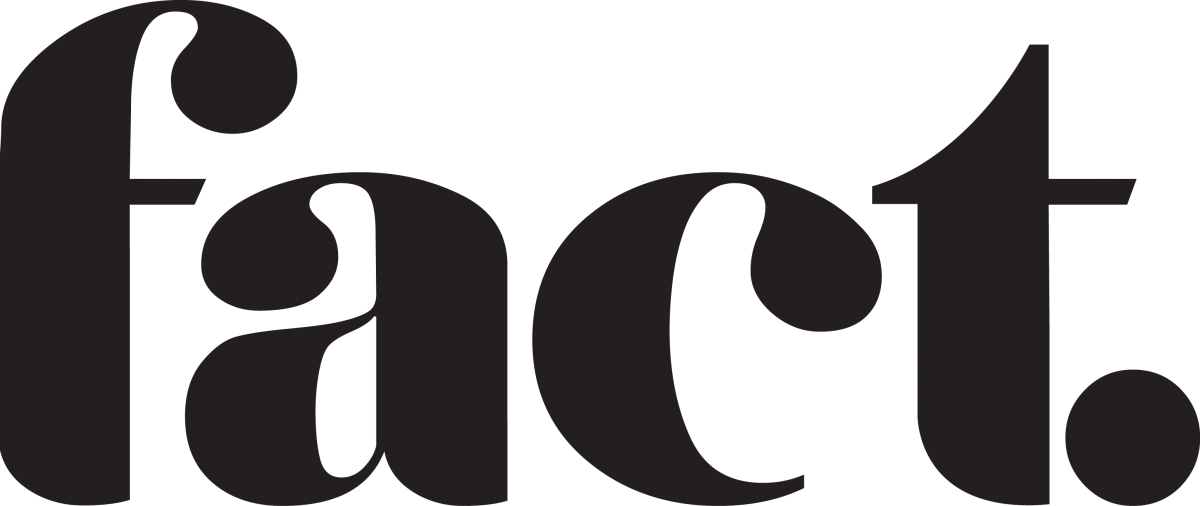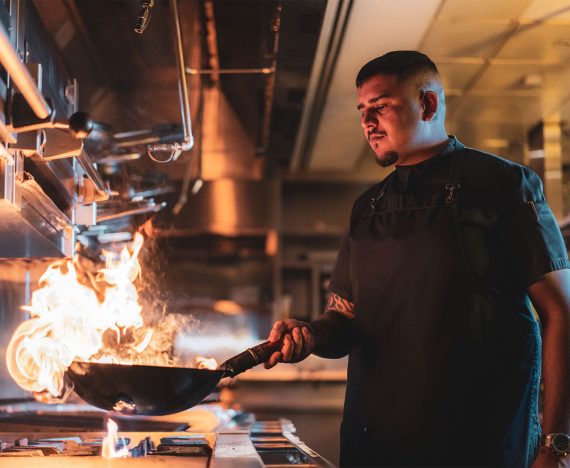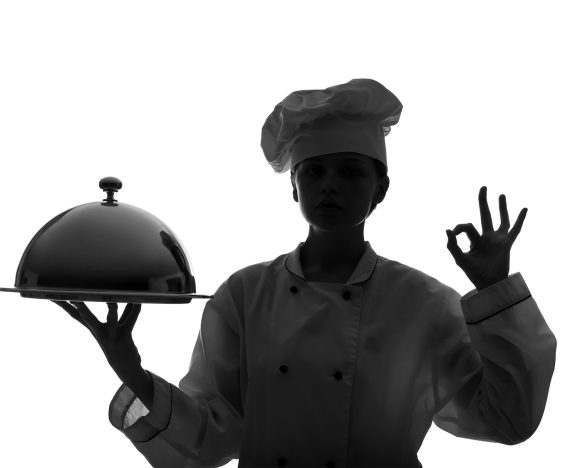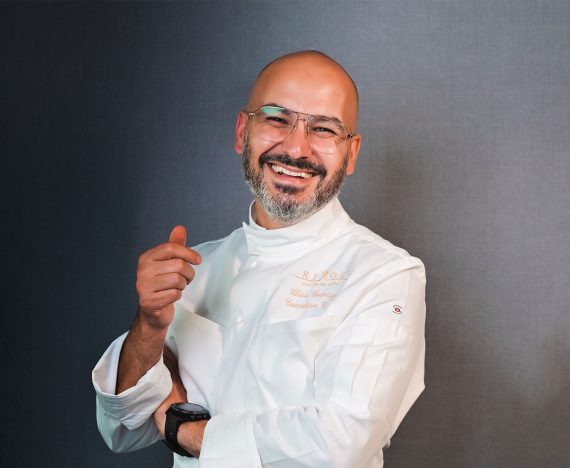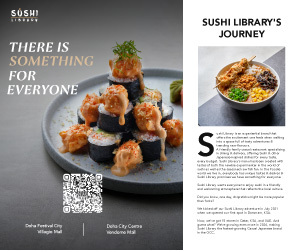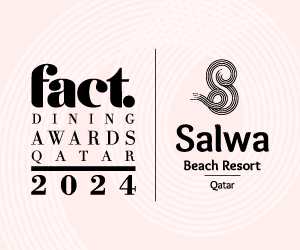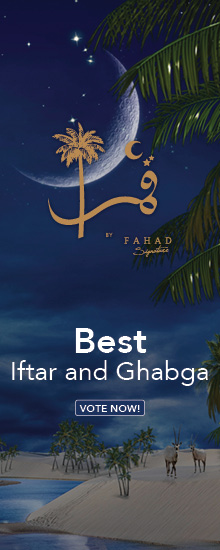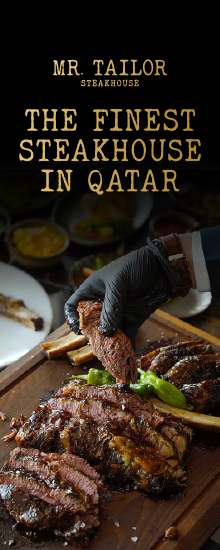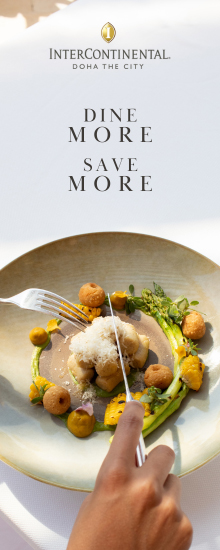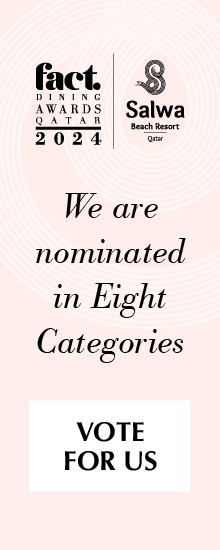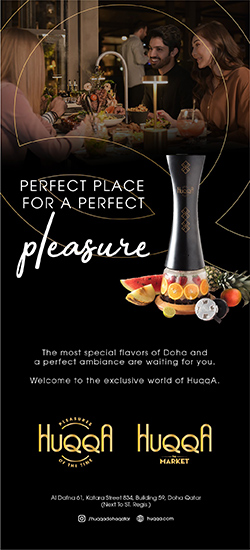FRENCH FLAIR IN THE HEART OF DOHA
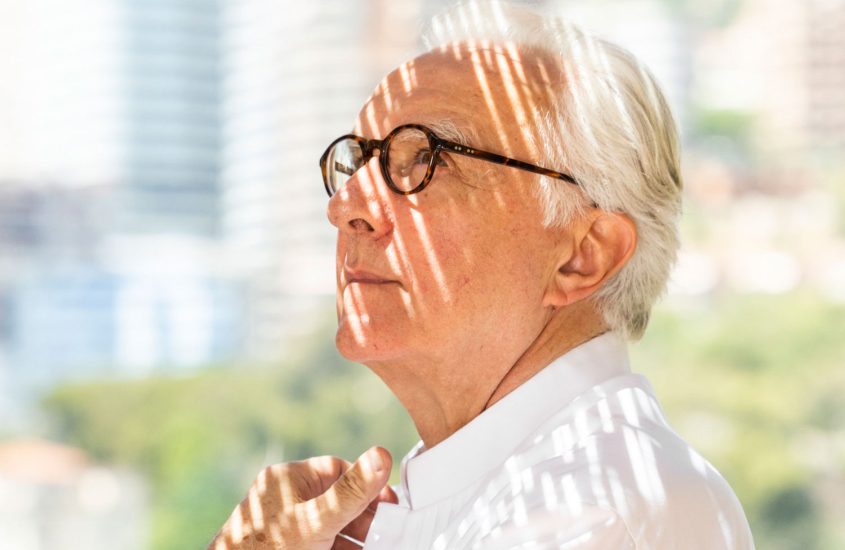
The renowned Chef Alain Ducasse recently visited Qatar for the launch of the new menu at his restaurant IDAM and FACT got the chance to quiz the culinary hero on what’s in store and more.
IDAM has been operating since 2013. Why did you choose Qatar for your first venture in the Middle East?
Opening a new venture is always the result of many considerations – competition, opportunities, feasibility, among others. The most decisive factor rests on the identity of our partner. To work with Qatar Museums and its commercial arm, IN-Q Enterprises, immediately appeared as a unique opportunity. With the Museum of Islamic Art as the venue, I found it absolutely gorgeous from all points of view – architecture, exhibition and scenery. I value cultural sites as they are an incredible source of inspiration for me.
IDAM is said to be French cuisine with a Mediterranean twist and local flavour – how do you imbue these Mediterranean and local flavours?
IDAM’s cuisine offers mixed and various influences. The Mediterranean slant is mainly illustrated by the seasonings such as marjoram, tarragon, fennel and chives which bring a unique flavour. You’ll also find pistachio or lollo rosso (red lettuce) or citrus (lemon, orange, grapefruit) in our cuisine, which are popular in Italy and widely used throughout the Mediterranean region.
We are also inspired by the culinary heritage of the region. As a tribute to the Arabic world, we use laban, loomi and dates in some of our recipes.
However, I would also mention another influence: India, with its spices. Let us not forget that the Arabian Gulf has long been one of the routes through which spices were transported from Asia to Europe. Countries’ and regions’ preferences for tastes and flavours were then greatly influenced.
All of these influences were combined harmoniously and creatively using French culinary techniques to define the IDAM flavours.

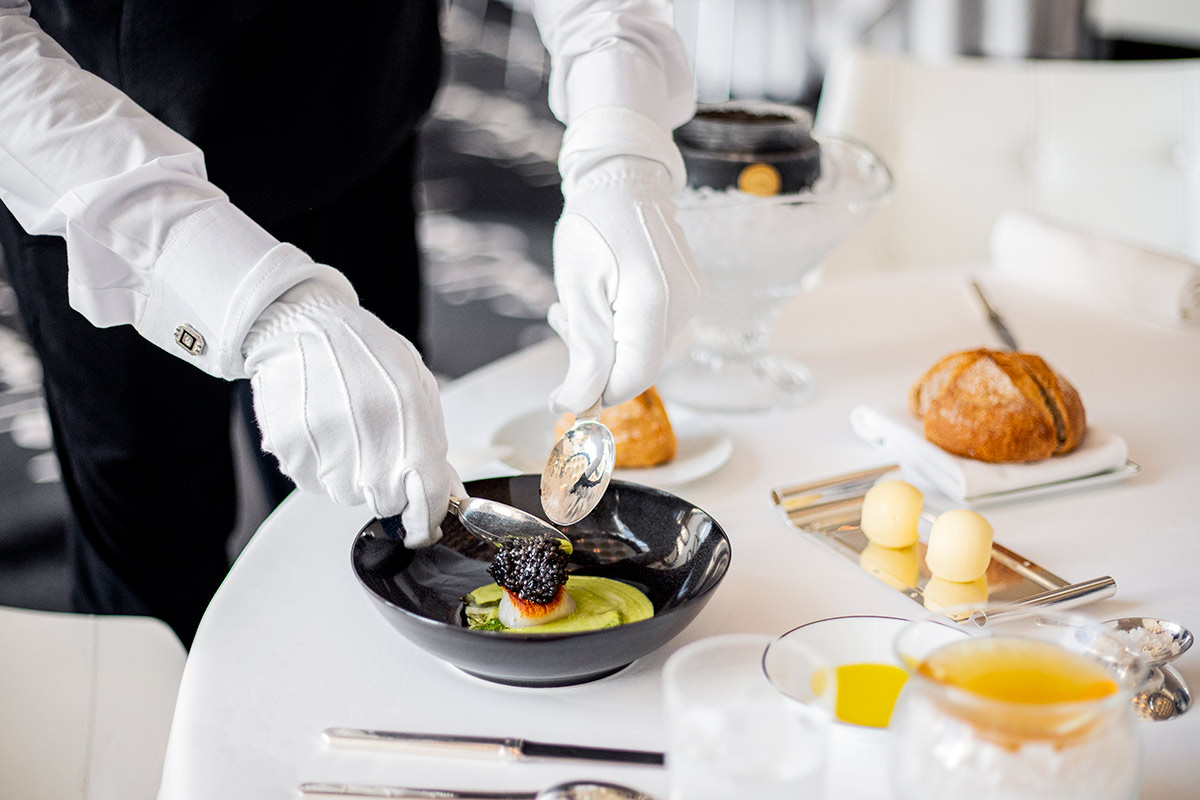

How do you choose the chefs who will represent your brand?
My teams are a mix of professionals who have been working with me for many years and others, such as Chef Fabrice Rosso, who is a recent addition to the team. I choose them according to their experience and, more importantly, their personality. I wish all of them can express his or her distinct talent.
The design concept for IDAM comes from another iconic Frenchman, Philippe Starck. In your opinion, how big a part does a restaurant’s design play in people’s enjoyment of the food?
The client’s experience is truly holistic. Everything is important. Every little detail matters. There is the tangible aspect, which refers to the food and beverage quality. There is also the intangible, which includes the service style, the beauty of the tableware and the harmony of lighting and music. Architecture makes an important contribution. It establishes the tone even before the client takes a seat at the table.
Qatar has many brands associated with Michelin-starred chefs but, thus far, no Michelin stars. Could the revamped IDAM be in the running? And how important is the Michelin opinion?
Michelin ranking is very important. However, doing our best to offer the clients a great experience, a cuisine with a soul, in harmony with who we are and where we are is of equal importance. All the best if the awards, accolades and stars come along.



ON A PERSONAL NOTE
How and why did you first become involved in the culinary world?
To cut a long story short, I knew from a young age that I wanted to be a chef. Where did that come from? Probably because I grew up on a farm, where I was exposed to nature and ate delicious meals prepared by my grandmother. Then, I had the good fortune to work with great professionals like Michel Guérard, Roger Vergé, Gaston Lenôtre and, the most important influence for me, Alain Chapel.
How do you like to spend your time outside of the kitchen?
One of the greatest pleasures of my life is to walk around in open-air markets. Wherever I travel, I always allot time for these visits. I enjoy learning about local food resources and producers. I love to discover the local food resources and the producers. My other passion is to explore flea-markets. I collect antiques related to culinary arts, such as tableware or cake moulds, and I use many of them in my restaurants to create a unique ambiance.
Do you have any secret/hidden talents?
Certainly not! The secret of success is very simple: work more, quicker and better. ✤



